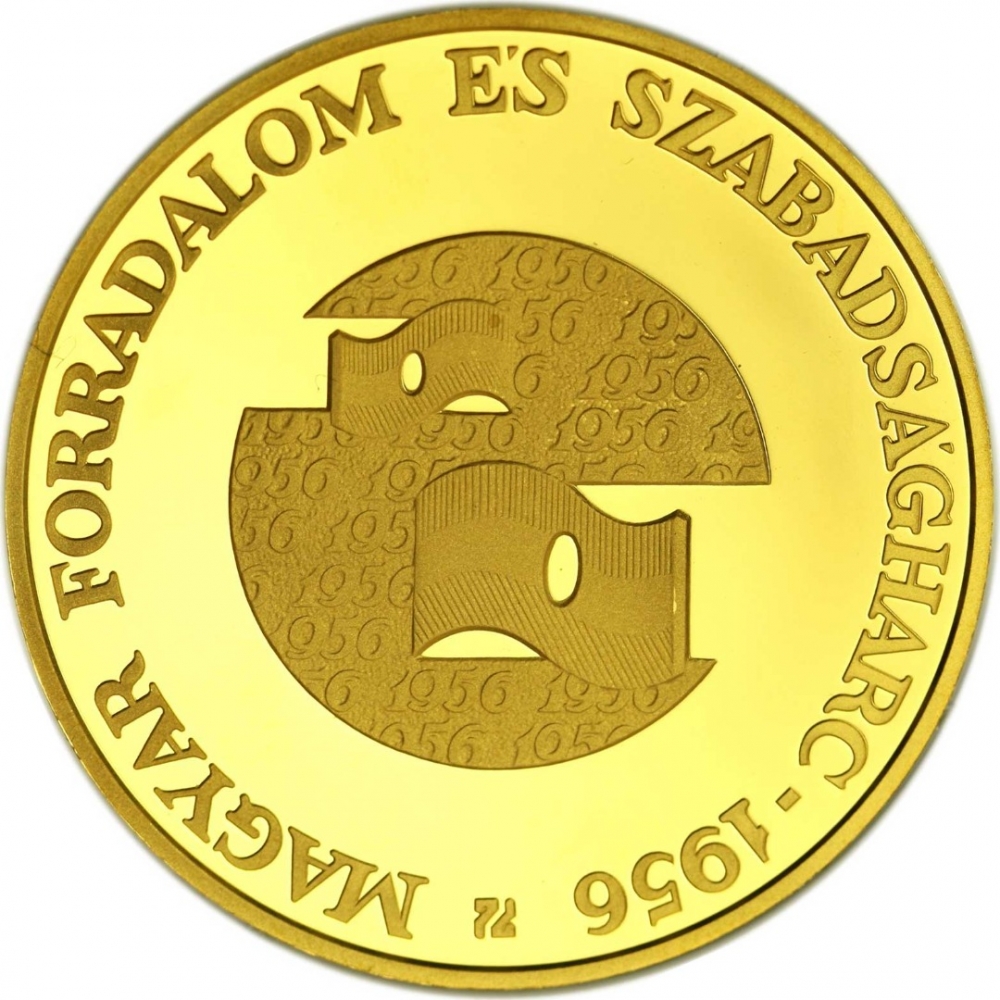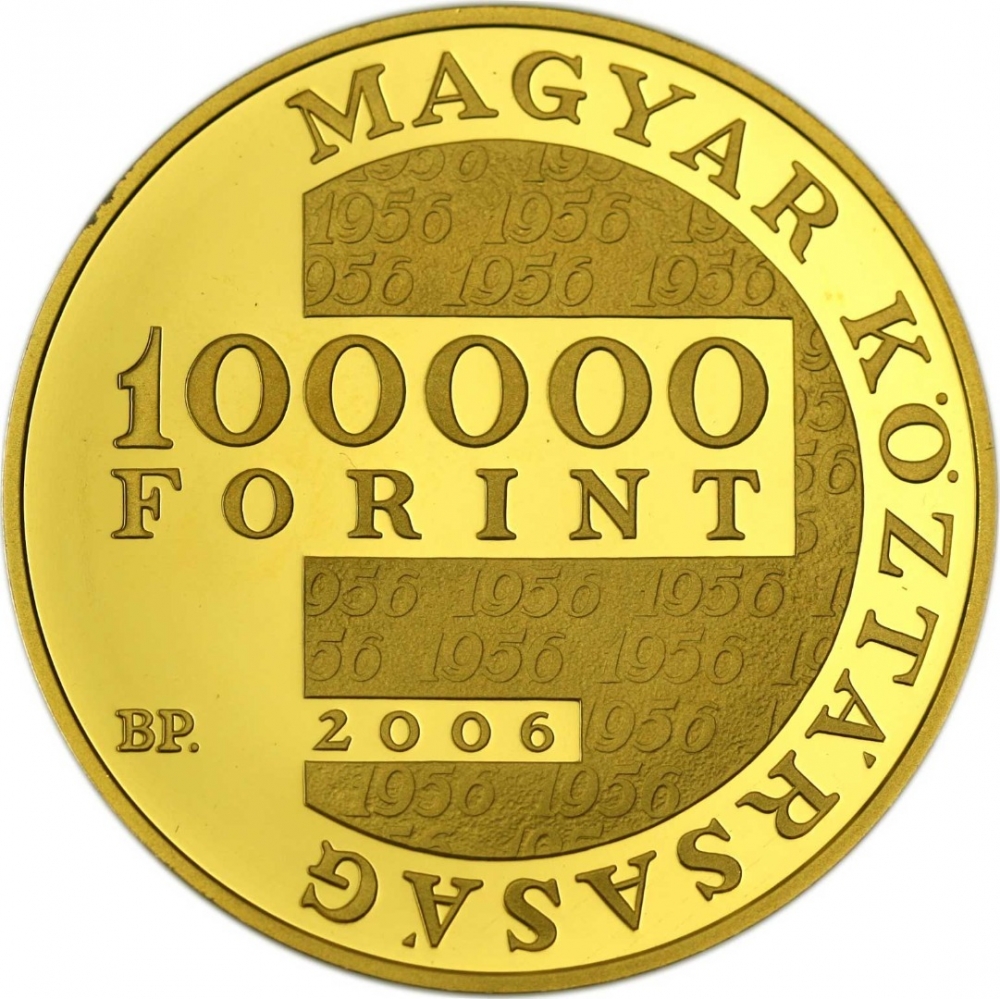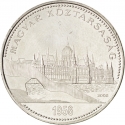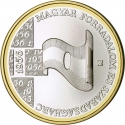You are about to finish your registration. Please check your mailbox (including spam folder). There should be a letter with a confirmation link. Check setting to make sure that your e-mail address is correct.
Send letter againDescription
The Hungarian Revolution of 1956 was a defining moment in Hungary's history. It started as a student demonstration on October 23, 1956, in Budapest, demanding political reforms and the withdrawal of Soviet troops from Hungary. The movement quickly escalated into a nationwide uprising against the Soviet-backed government of Hungary.
The revolutionaries, consisting of students, workers, and intellectuals, formed militias and fought against the Soviet forces and the Hungarian secret police. They managed to seize control of Budapest and other parts of the country, and for a brief period, it seemed that the Hungarian people might succeed in achieving their goals of independence and democracy.
However, the Soviet Union, under the leadership of Nikita Khrushchev, intervened militarily on November 4, 1956. Soviet tanks rolled into Budapest, crushing the revolution and restoring control to the Hungarian government. Thousands were killed, and many more were injured or imprisoned during the brutal suppression of the uprising.
The Hungarian Revolution ultimately failed to achieve its immediate goals, but it had significant long-term consequences. It demonstrated the desire of the Hungarian people for freedom and independence and exposed the brutality of the Soviet regime. The events of 1956 also inspired resistance movements in other Eastern Bloc countries and led to a reevaluation of Soviet policies both domestically and internationally.
Engraver: Attila Rónay
Obverse

|
Depicts a perforated Hungarian national flag set against a circular matte field, appearing in the upper left and lower right corners. In the central matte area, the year "1956" is reiterated in horizontal rows. Surrounding the edge, the inscription "HUNGARIAN REVOLUTION AND WAR OF INDEPENDENCE - 1956" is arranged in a circular pattern, with the designer's privy mark positioned at the bottom center. |
|---|---|
Reverse

|
The denomination is displayed in the upper line, while the mint mark "BP." and the issue year "2006" are horizontally aligned in the lower band. In the central circular field with a matte base, the year "1956" is repeated in horizontal rows. Encircling the edge is the inscription "REPUBLIC OF HUNGARY" arranged in a circular pattern. |
| Edge |





